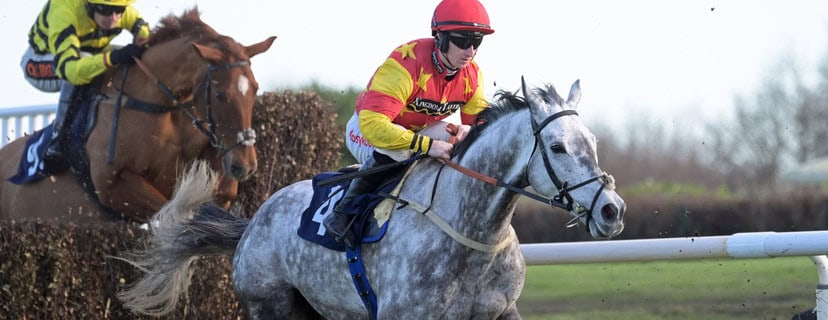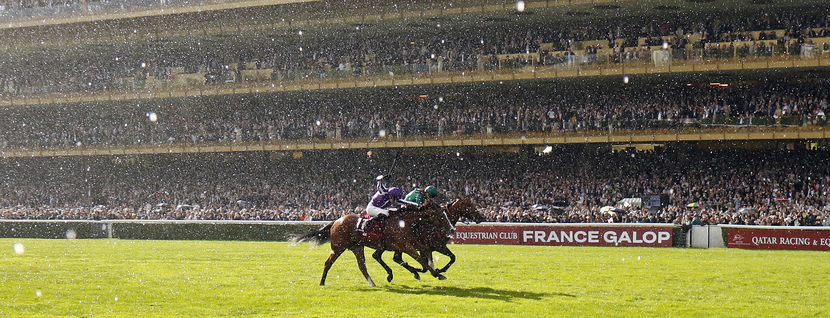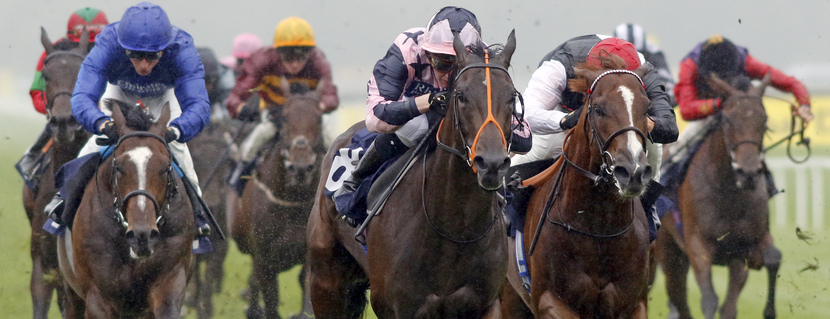As well as the Qatar 'Glorious' Goodwood festival, this same week witnesses Galway's seven-day bonanza at which there is almost literally a race for every horse. The programme covers the full gamut from two year old maidens to exposed handicap chasers. Here, we'll focus our attention on the flat handicaps ahead of the 2025 renewal of the famous meeting at Ballybrit.

Shaped like a diamond, key features of the mile and a quarter Galway oval are sharp turns, undulations, and a stiff uphill quarter-mile run to the finish line. There is a shortish distance from the seven furlong start to the first of two bends, both of which require wider drawn runners in bigger fields to either take back and wait or risk conceding ground on the turns.
7f handicaps
With the going forecast yielding on the flat course and only spits and spots of rain forecast for the week, this is how draw and run style might impact the ability of horses to make the frame in Galway 12+ runner seven furlong handicaps.
On good ground through to yielding, there is a weak inside draw bias. As the table below shows, the same number of winners have come from low and high, but the bigger place and PRB sample sizes hint at low having a small edge - though not nearly as much as on faster turf.

Galway Races 2025: 7f Draw Bias
However, if there's little in it from a draw perspective, run style is highly material as the heat map below demonstrates. The almost unbroken block of green for leaders and prominent racers contrasts directly with the shades of orange for midfield and held up types. The summary is that it matters much less where you're drawn than how you race: favour those with the tactical toe to be in the front half of the field early.

Galway Races 2025: 7f Run Style Bias
1m 1/2f handicaps
At the extended mile distance the run to the first turn is longer with an inside rail that's always leaning against wider-drawn horses, and there's obviously more of a premium on stamina thus not doing too much too soon. Here, the draw bias seems to be favour middle-berthed runners, that third of the draw having won as many races as low and high combined in the past ten years. However, a look at placed and PRB figures indicates a slight negative bias against wide runners. Again, though, we need to think about draw in relation to run style...

Galway Races 2025: 1m 1 1/2f Draw Bias
Here we see a similar story to the 7f trip where those in the second half of the field are likely to have to travel further around the outside, or trust to luck navigating a shorter path, while those racing prominently or on the speed can enjoy clear sailing if they've saved enough for the finish. The evidence again points to it being tougher generally for wide drawn horses overall, and yet their win and place numbers hold up fairly well. I'd be inclined to slightly lean middle to inside but would certainly not discount a high drawn contender whose profile I otherwise liked.

Galway Races 2025: 1m 1 1/2f Run Style Bias
1m 4f+ handicaps
Unusually, there remains some residual bias in longer distance handicaps on this sharp always-leaning-in circuit. It's most pronounced at 1m4f, where low drawn and/or pace pressing horses have had the edge but, as the table below illustrates, some sort of advantage is gained at all flat distances for those on the lead.

Galway Races 2025: 1m 4f+ Draw Bias

Galway Races 2025: 1m 4f+ Run Style Bias
Those travelling the least distance have fared best - go figure 😉
Good luck!
Matt

















Leave a Reply
Want to join the discussion?Feel free to contribute!